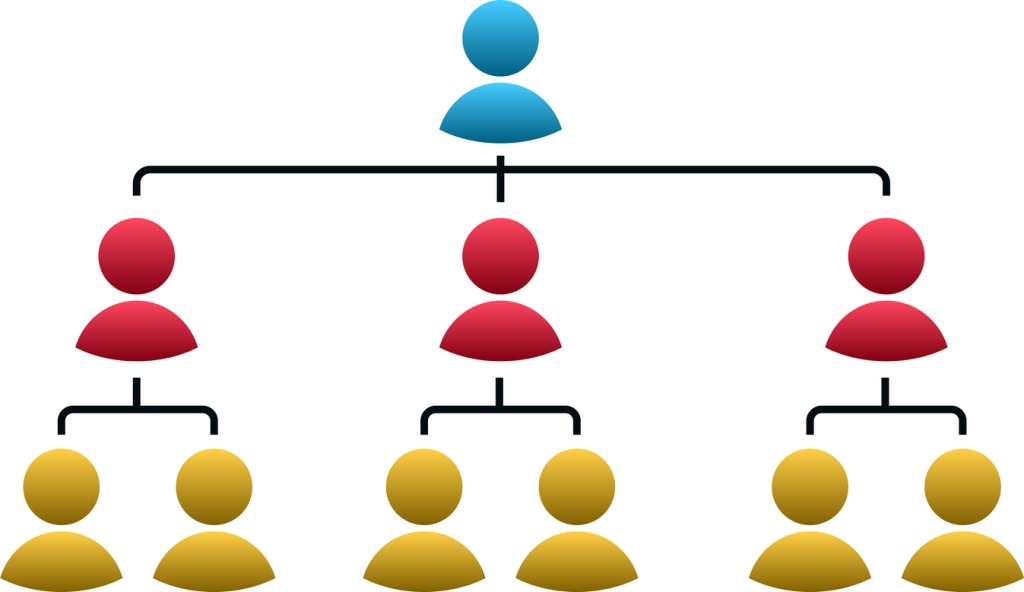
Influence is the ability to have an effect, positive or negative, on the character, behaviour or progress of another person. It can also be the ability to have an effect on the outcome of a situation.
In today’s blog, we look at the final four influence strategies in out toolkit. If you missed the first and second influence strategy blogs then you can read them here:
ORGANISATIONAL AWARENESS
This is the ability to read the forces of power at play in an organisational structure, identifying the key individuals who are the forces behind the power and then leveraging their support to order to influence others. Every organisation has its corridors of power and being able to identify and access these corridors and powers can be a powerful way to achieve influence.
Organisational Awareness can be achieved by:
- Gathering information to figure out who will influence a decision.
- Identifying partnerships or coalitions of key decision makers and then working through them to influence an outcome.
- Engaging with and talking to people, especially key decision makers, to get support for your ideas before you share more widely. This way you can build ambassadors for your idea.
- Work behind the scenes to gain traction and support for your ideas.
IMPACT MANAGEMENT
Actions have impact. This can be positive or negative. From an influencing perspective, we need to find interesting and impactful ways to present our ideas in order to gain support of others. It is important to identify and consider the positive and negative effects our actions have on people. Therefore a measured approach is required when presenting an idea or attempting to influence an outcome.
Impact Management can be achieved by:
- Story telling – use this to illustrate your ideas. Create a mental picture that your audience can relate to.
- When presenting – use graphics to effectively to captivate your audience. A picture is worth a thousand words.
- Gravitas! Your demeanour and energy can be very powerful when attempting to influence others. Bring the energy, others will feed off of that.
LOGICAL PERSUATION
When persuading others, having the facts clearly articulated is very important. This can be achieved with data, knowledge or expertise. Factual information that can be proven is a very powerful means of persuading others.
Logical persuasion can be achieved by:
- Data gathering and fact finding. Assemble these, along with supporting facts when presenting ideas to others.
- Be honest – appraise your ideas systematically. Determine what the advantages of your ideas are in comparison to others.
- Be prepared. Plan and carefully consider how you will present your ideas order to get buy in. Remember it has to make sense to others.
COERCION
I have left this till last. Issuing threats, sanctions or pressurising others is a strategy for influencing others, but this is not ideal. It involves using the power of your position by threatening others with consequences and punishing those who do not comply. Unless in a disciplinary or safety critical situation, this is not a recommended approach.
Some of the styles discussed have been adapted from Mcber & Company’s profile of Influence Strategies.
#Authentic #Findyourbalance #theauthenticba #businessanalysis #ba #businessanalysts #coach #coaching #mentor #mentoring #cbap #bcs #batimes #projectmanagement #selfhelp #personaldevelopment #mentoring #leadership #motivation #leader #businessanalyst #analyst #empowerment #Transformation #personal excellence #BATools #IT #BusinessChange #Teamwork #Relationshipbuilding #problemsolving